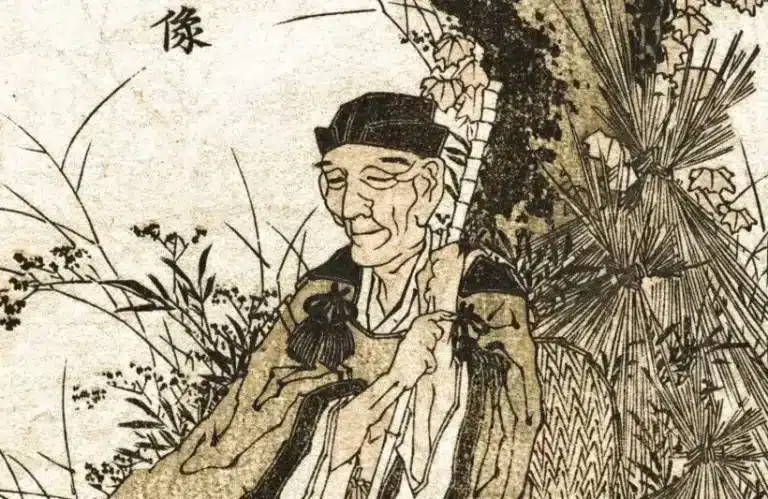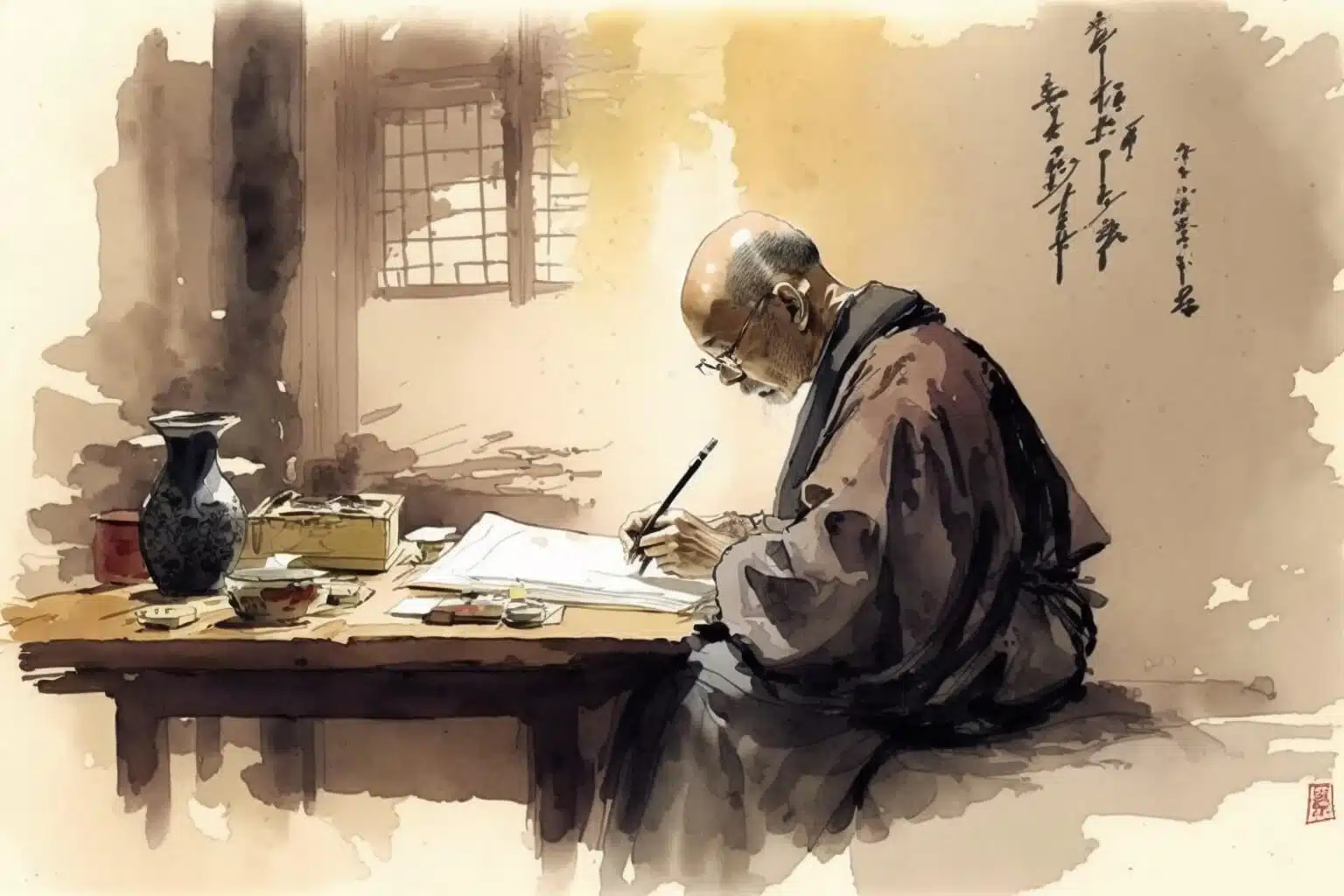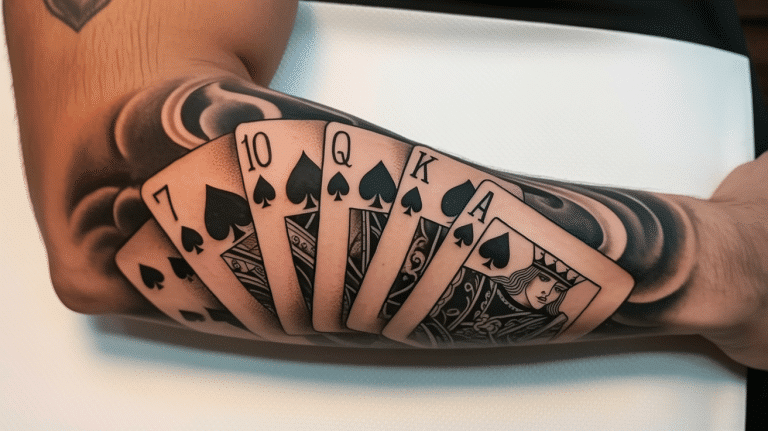If it’s your first time coming across the term “Haiku,” don’t worry! Despite being quite popular worldwide, Haiku hasn’t yet received its due recognition.
Haiku is an unrhyming poem that originated in Japan. It has a particular frame of structure that follows a 5-7-5 pattern. It was developed in Japan in the 17th century and is now widely popular worldwide.
Haiku can be about life, the beauty of nature, love, or anything. In this blog, we will discuss what ” Ma ” is in haiku. So, let’s get started!
What is Haiku?
Haiku is a Japanese poem with a very specific format. Haiku contains only three lines and 17 syllables and is mostly about seasons or nature. It’s unrhyming and follows the pattern of 5-7-5.
The first line has five syllables, the second line has seven syllables, and the third one again has five syllables. Earlier, haiku was known as Hokku and was considered a part of “renga” which is a large poem.
In Japanese, they are usually presented in a single line, while in English, there are three lines in Haiku. Although it may vary, haiku poems can evoke emotions in just three lines.
They are often quite vivid yet simple. Haiku poems contain a lot of depth, and they can be interpreted in various ways.
What Makes a Haiku Unique?
Haiku poems are known for their uniqueness. Besides having a particular structure and pattern, these poems concentrate on contrast and brevity.
Another interesting thing about them is that they are so short and simple that anyone can easily learn them after reading for two or three times. This is also a reason for their increasing popularity across the globe.
Traditional haiku writers have focused immensely on nature and the changes of seasons. Although there has been a gradual evolution in the propagation of haiku, it has successfully maintained its essence over the years.
An important element of Haiku is “kireji” which means cutting word. A haiku is supposed to have at least one “kireji.”
“Ma” in Haiku
The literal translation of “ma” is “emptiness.” Ma can be considered an aesthetic tool that Japanese haiku writers use often. The concept behind “Ma” is that nothing stands out whenever there is too much of anything.
It’s a Japanese concept to avoid clutter. Haiku is known to have “kire”, a tool to create a space between the image. Kire is the essence of Haiku, and it can be placed anywhere in the haiku.
A Haiku can have more than one Kire in it. It provides a kind of rhythm to the Haiku. This “kire” is known to create “ma” in the Haiku. Some say while a Haiku can only be talking about a thing, the addition of “ma” in it has the potential to convey a feeling.
The 4 Essential Elements of Haiku
If you are looking to explore more about this genre of poems or want to write a haiku yourself, there are a few things you can keep in mind. The traditional haiku focuses on the nature theme and talks about a season in particular. The other essential elements of haiku besides nature are kireji, Kigo, and On.
Kigo refers to a word or phrase about the season. Kireji, as stated above, is the cutting word used to create a pause or to give a rhythm to the haiku. Nature is the main reason why haikus were traditionally written.
Haiku usually describes how nature changes over a period. The “on” refers to the sound of the haiku. A haiku has 17 “on”. However, it is not the same as the syllables in English.
Haiku Examples
Haiku poems are known for their brevity and depth. They have a unique charm in them, which makes readers wonder about life and nature. Haiku poems can be interpreted in various ways.
A brilliant example of a traditional haiku poem is this famous Haiku by Matsuo Basho,
An old silent pond…
A frog jumps into the pond,
Splash! Silence again,
The modern haiku, however, can be a bit different from the traditional one. The modern Haiku may lack the specific structure and format of the traditional haiku, but it looks and feels like a Haiku.
Given haiku by American poet Alexis Rotella is an excellent example of a modern haiku: It can also serve as a haiku on life.
Just friends:
he watches my gauze dress
Blowing on the line.
Our website has a full list of 5-7-5 Haiku examples about life. You can check it out!
Conclusion
Haiku is a beautiful poetic form with only three lines and 17 syllables. The essence of a haiku lies in its brevity, structure, and unrhyming words. Another defining characteristic of a haiku is its syllable pattern of 5-7-5.
However, there have been a few changes in its structure with time, and many modern poets write it differently. Nonetheless, the most important elements of haiku are still the same.
These elements include using beautiful images, easy readability, and capturing a sense of awareness through it.
Hope you loved reading our article. Let us know about it in the comment section.










